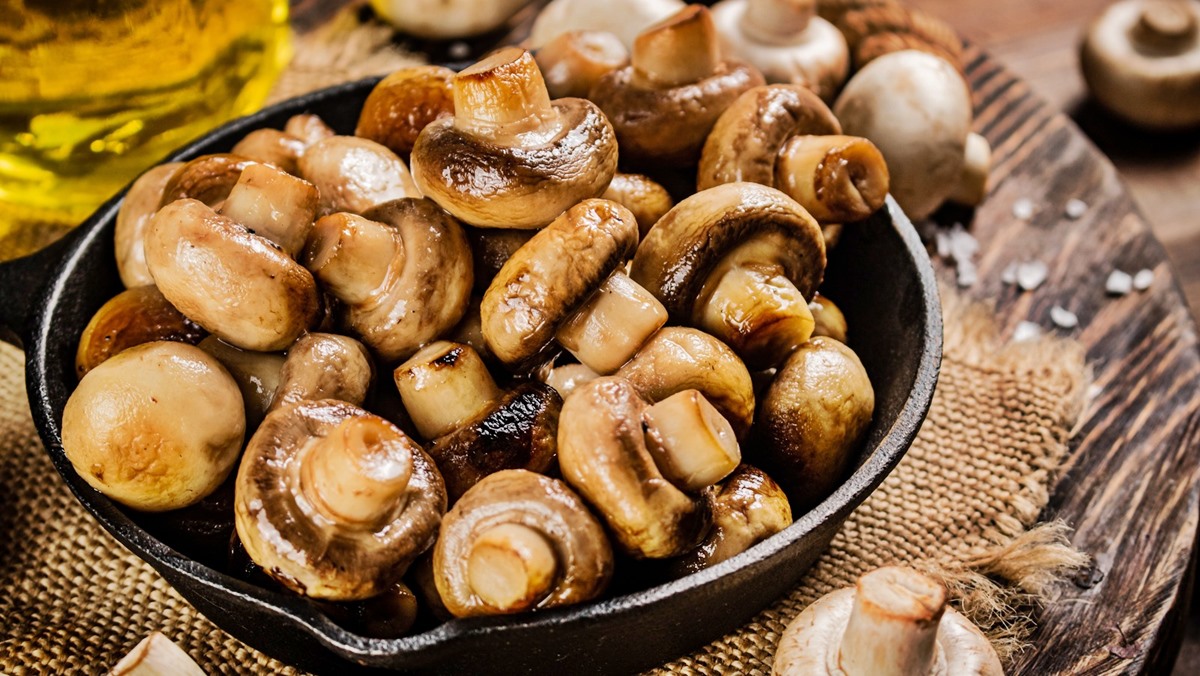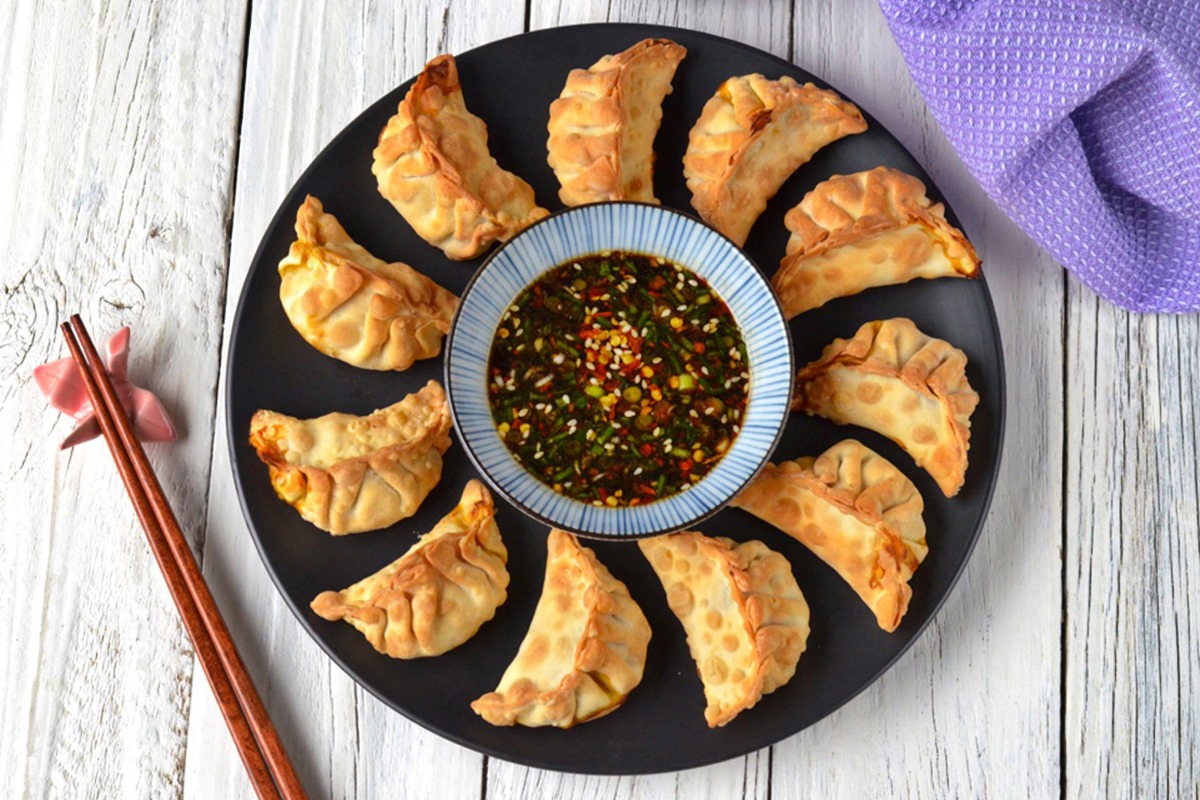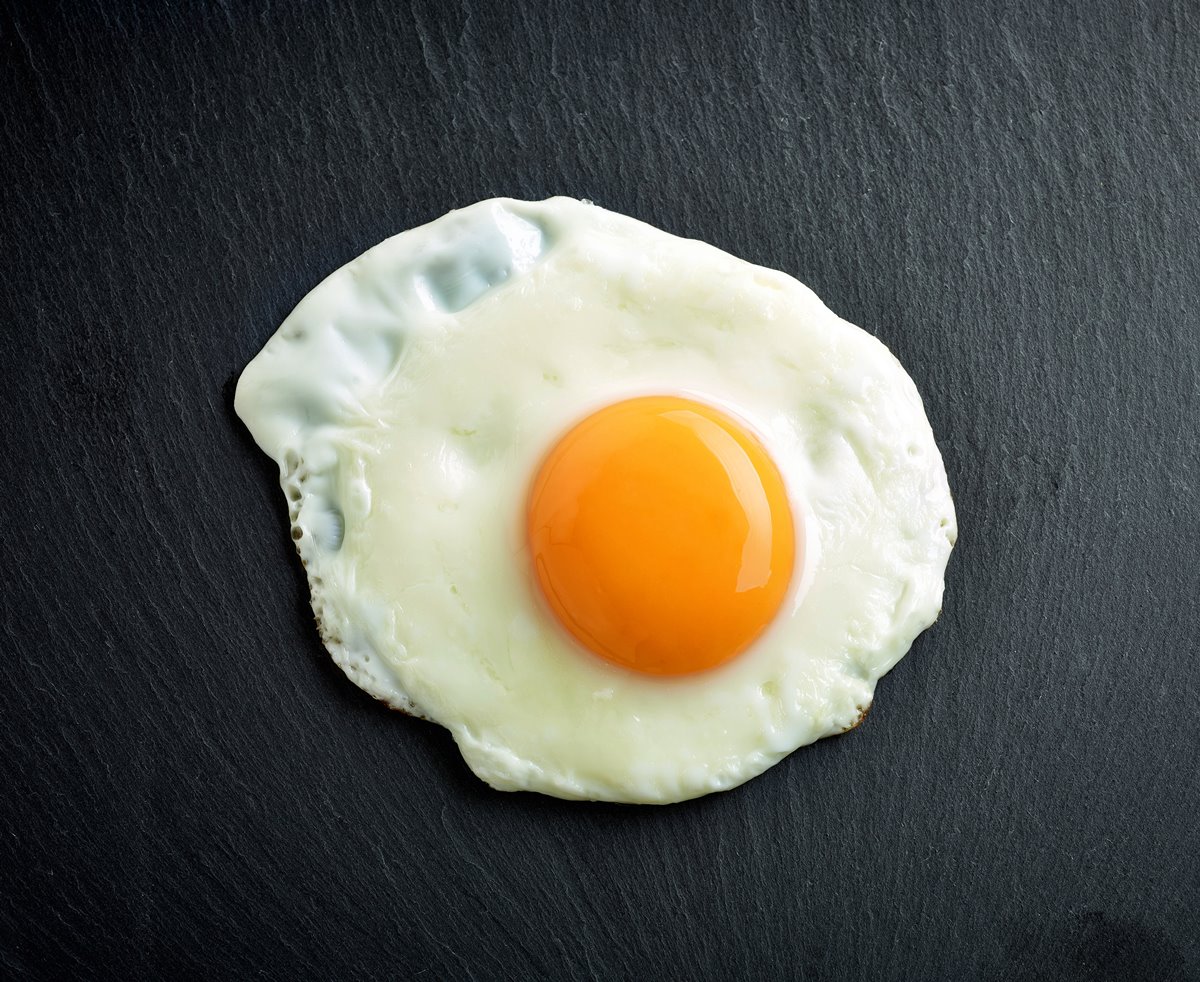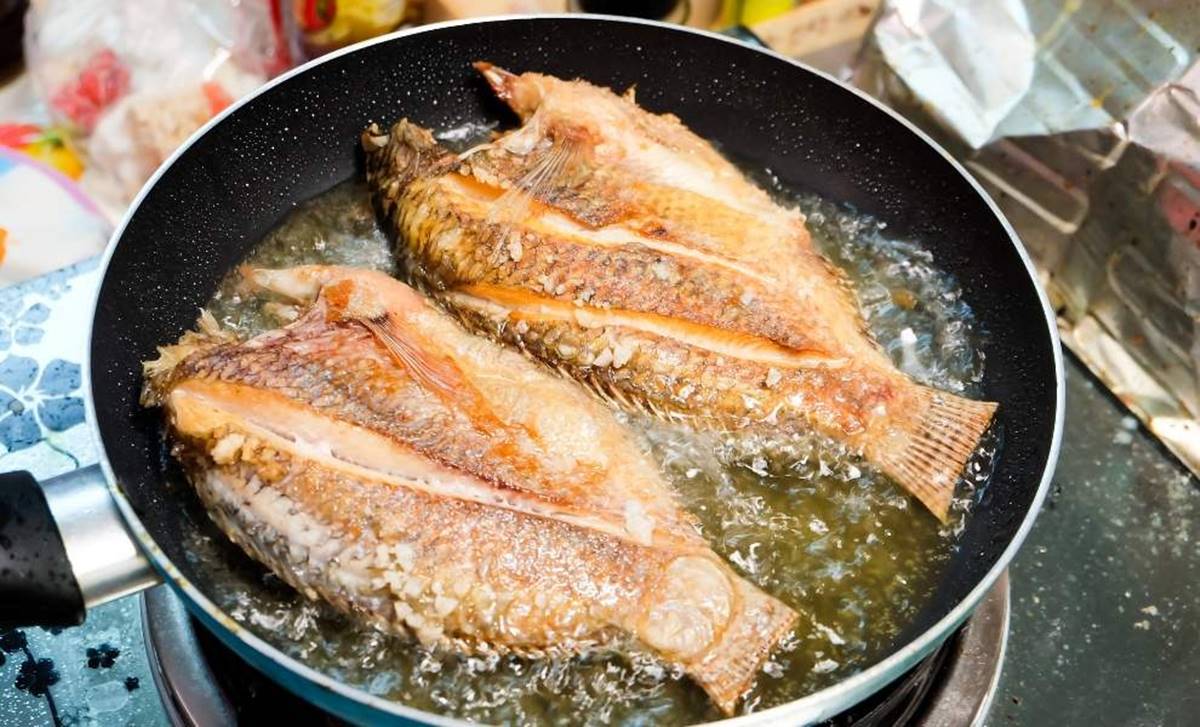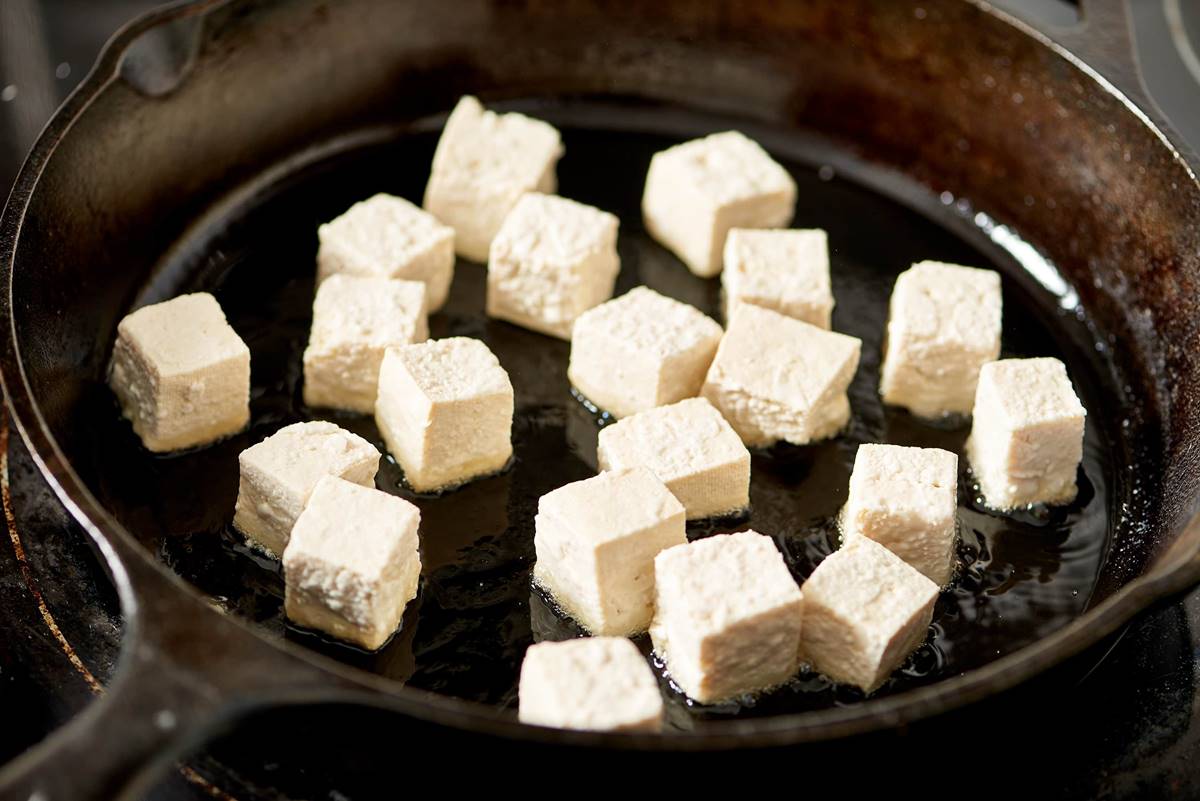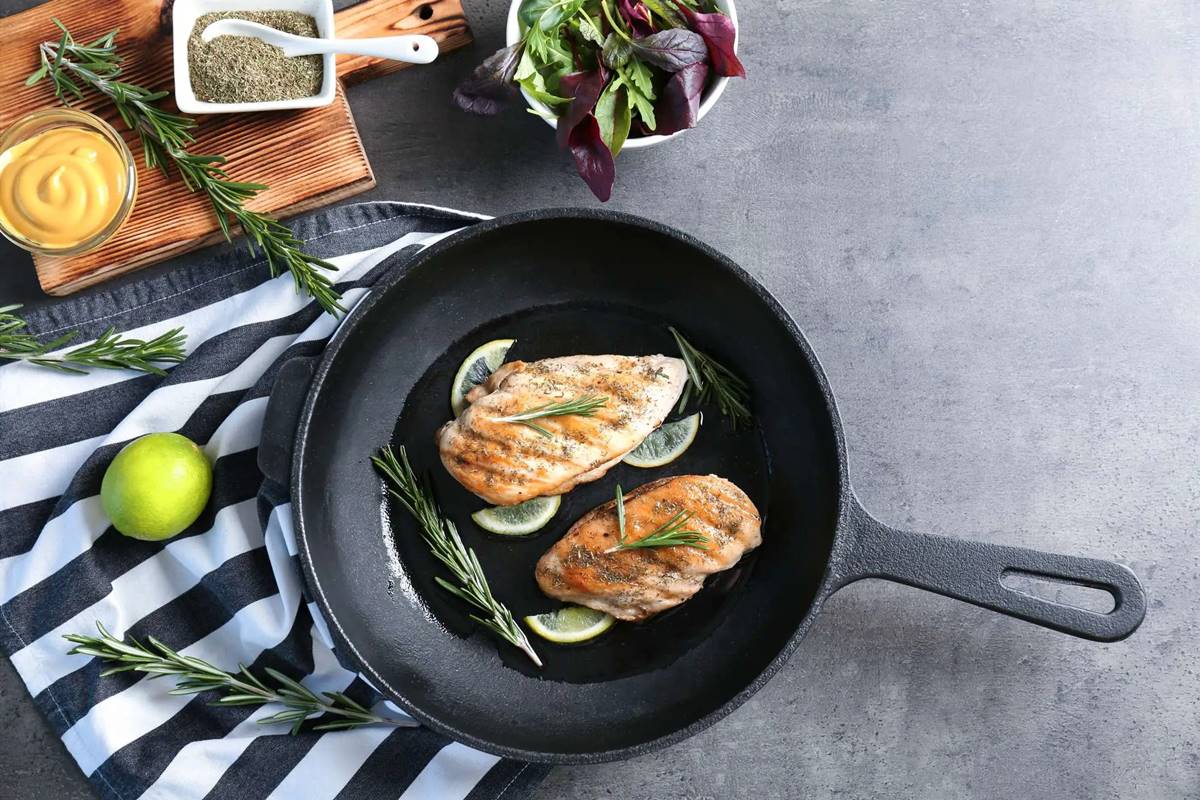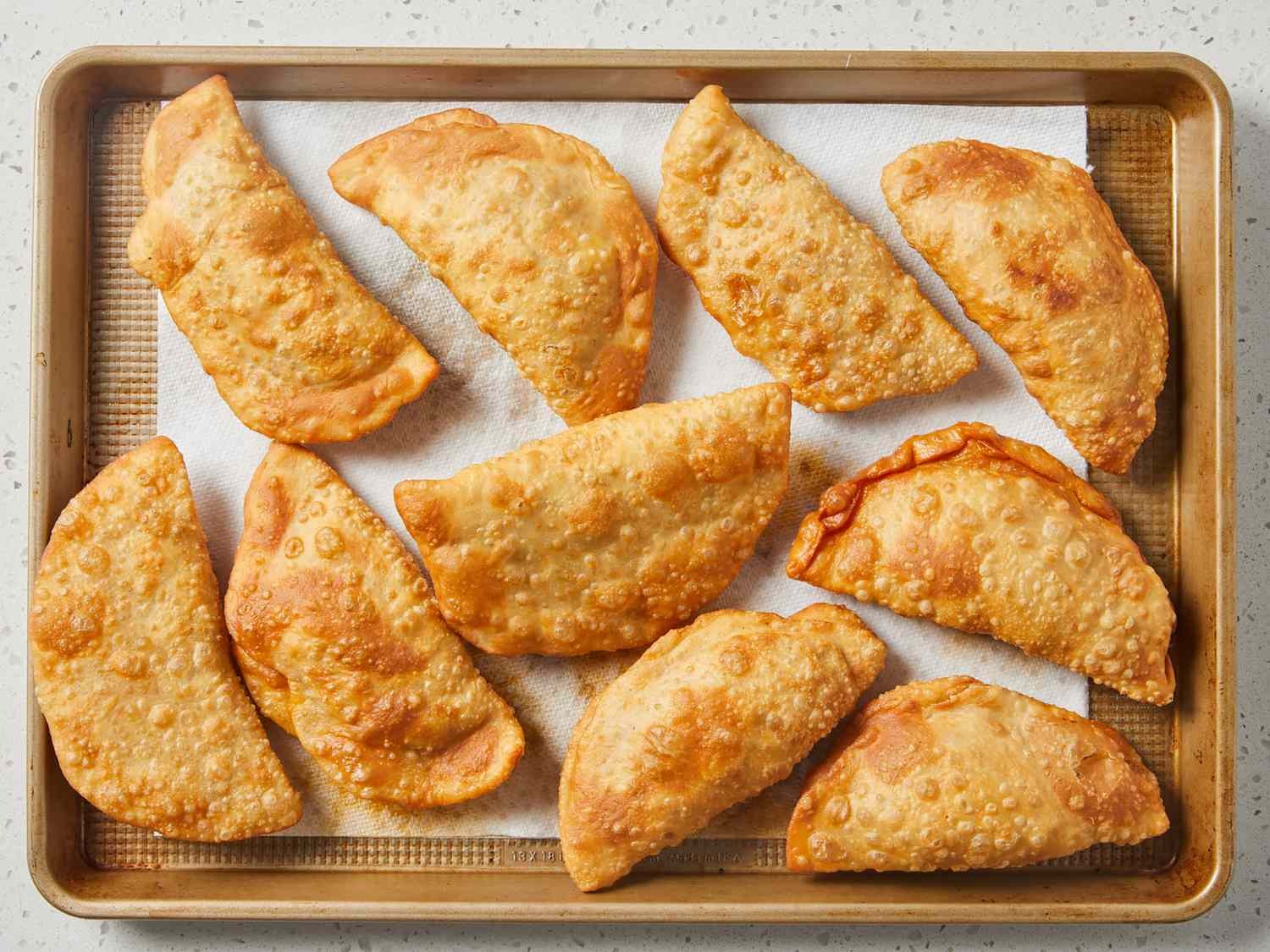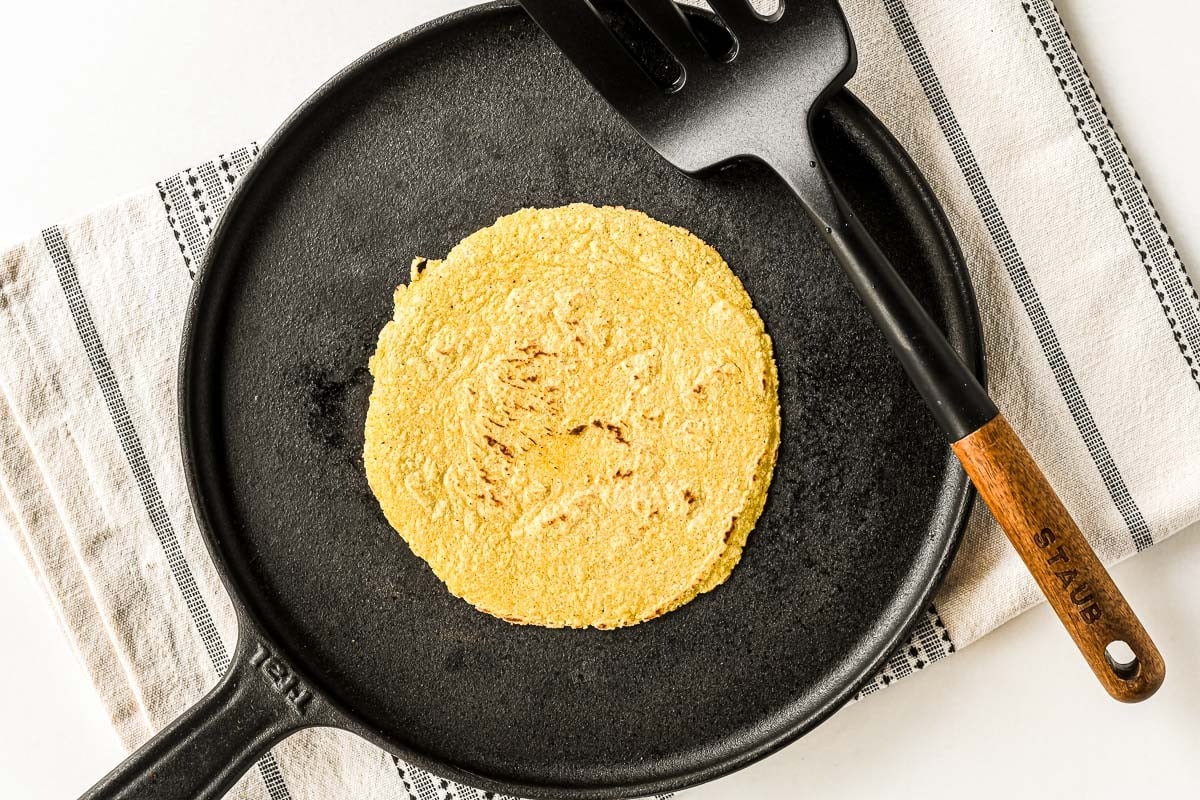Frying fish with egg and flour might seem straightforward, but mastering this technique transforms a simple dish into a crispy delight. Whether you're a seasoned chef or someone just starting in the kitchen, understanding the nuances of coating and frying can elevate your fish from good to gourmet. This method not only seals in the moisture of the fish, making it tender and juicy inside, but also gives it a golden, crunchy exterior. Perfect for a cozy dinner or impressing guests, let's dive into the steps to achieve that perfect fry every time. Ready to turn your kitchen into a seafood haven? Let's get started.
Essential Ingredients for Perfectly Fried Fish
- Fresh fish fillets
- Eggs
- Flour
- Salt
- Pepper
- Oil for frying
- Optional: spices like paprika or garlic powder for extra flavor
Must-Have Tools for Frying Fish
- Skillet or frying pan
- Spatula
- Mixing bowls
- Whisk
- Measuring cups and spoons
- Plate or tray for dredging
- Paper towels
For crispy fried fish, coat fillets in flour, dip in beaten eggs, then back in flour. Ensure oil is hot for a golden, crunchy exterior. Fry until golden brown.
The Art of Frying Fish: Why It Matters
Frying fish with egg and flour creates a delicious crust that seals in moisture, ensuring the fish remains juicy and flavorful. This method also adds a golden crispiness to the exterior, enhancing texture and taste.
Using egg and flour for frying fish is a time-honored technique in many cuisines, offering a simple yet effective way to achieve a satisfying meal. This approach not only preserves the delicate flavor of the fish but also makes for an appealing presentation on the plate.
Your Step-by-Step Guide to Flawless Fried Fish
-
Select your fish: Choose fresh or thawed fillets for best results. Popular options include cod, tilapia, or catfish.
-
Prepare the fish: Pat fillets dry with paper towels. This step ensures a crispy coating as moisture can cause the flour and egg to slide off.
-
Season the fish: Lightly season both sides of the fillets with salt and pepper. Feel free to add other spices like paprika or garlic powder for extra flavor.
-
Set up dredging station: Arrange three shallow dishes. Fill the first with flour, the second with beaten eggs, and leave the third empty for now.
-
Dredge the fish in flour: Coat each fillet in flour, shaking off any excess. This layer helps the egg mixture stick to the fish.
-
Dip in egg: Next, dip the floured fillets into the beaten eggs, ensuring they are completely covered. The egg acts as a glue for the final coating.
-
Back in flour or breadcrumbs: For a classic fry, return the egg-coated fillets to the flour, pressing gently to adhere. For a crunchier texture, use breadcrumbs in the third dish instead of returning to the flour.
-
Heat oil: In a large skillet, heat a generous amount of oil (enough to come halfway up the sides of the fish) over medium-high heat. Test the oil's readiness by dropping in a small amount of flour; if it sizzles, it's ready.
-
Fry the fish: Carefully place the coated fillets in the hot oil. Fry for 2-4 minutes on each side, or until golden brown and the fish flakes easily with a fork. The exact time will depend on the thickness of the fillets.
-
Drain: Remove the fried fillets from the oil and drain on a wire rack or paper towels. This step helps to remove any excess oil, keeping the fish crispy.
-
Serve immediately: Enjoy your perfectly fried fish while it's hot and crispy. Serve with lemon wedges, tartar sauce, or your favorite sides.
Mastering the Art of Fried Fish
Frying fish with egg and flour isn't just a cooking technique; it's an art form that brings out the best in your seafood. With the right balance of egg and flour, you achieve a crispy, golden crust that's simply irresistible. Remember, the key to success lies in the temperature of your oil and not overcrowding the pan. This ensures each piece of fish cooks evenly and maintains its juicy interior. Experimenting with various seasonings and types of fish can turn this basic method into a culinary adventure. So, grab your skillet and let the magic happen. Once you've mastered this simple yet effective technique, your fried fish will be the talk of the table, proving that sometimes, the simplest methods are the most delicious.
All Your Questions About Frying Fish Answered
How do I choose the best fish for frying?
Opt for firm, white-fleshed fish like cod, haddock, or tilapia. These varieties hold up well to the frying process, ensuring a delicious outcome every time. Freshness is key, so pick fish that smells like the ocean, not fishy.
What kind of oil should I use for frying fish?
Vegetable oil, canola oil, or peanut oil are your best bets. They have high smoke points, making them ideal for frying at the temperatures required to get that perfect golden crust without burning.
How do I prepare the fish before frying?
Start by patting your fish dry with paper towels. This step is crucial for getting the flour and egg to adhere properly. Then, season both sides with salt and pepper to taste. Some folks like adding a dash of paprika or garlic powder for extra flavor.
Can I fry fish without a deep fryer?
Absolutely! A deep skillet or a heavy-bottomed pan does the trick nicely. Fill it with enough oil to cover the fish halfway, and you're good to go. Just remember to keep an eye on the temperature, aiming for about 350°F to 375°F.
How do I know when the oil is hot enough for frying?
Drop a small piece of bread or a pinch of flour into the oil. If it sizzles and browns within a few seconds, your oil is ready. Another method is to stick the end of a wooden spoon in the oil. Bubbles forming around the wood mean it's time to fry.
What's the best way to coat the fish in egg and flour?
First, dredge the fish lightly in flour, shaking off any excess. Then, dip it into a beaten egg, letting the excess drip off. Finally, give it another quick dredge in flour. This double coating ensures a crispy, golden crust.
How long should I fry the fish?
Fry each piece for about 3-4 minutes on each side, or until golden brown and the fish flakes easily with a fork. The exact time might vary depending on the thickness of your fish, so keep an eye on it.
How do I serve fried fish?
Serve it hot right out of the pan. A squeeze of fresh lemon juice over the top can really make the flavors pop. For sides, consider classic options like French fries, coleslaw, or a simple salad.
Was this page helpful?
Read Next: How To Fry Rice Paper Spring Rolls
